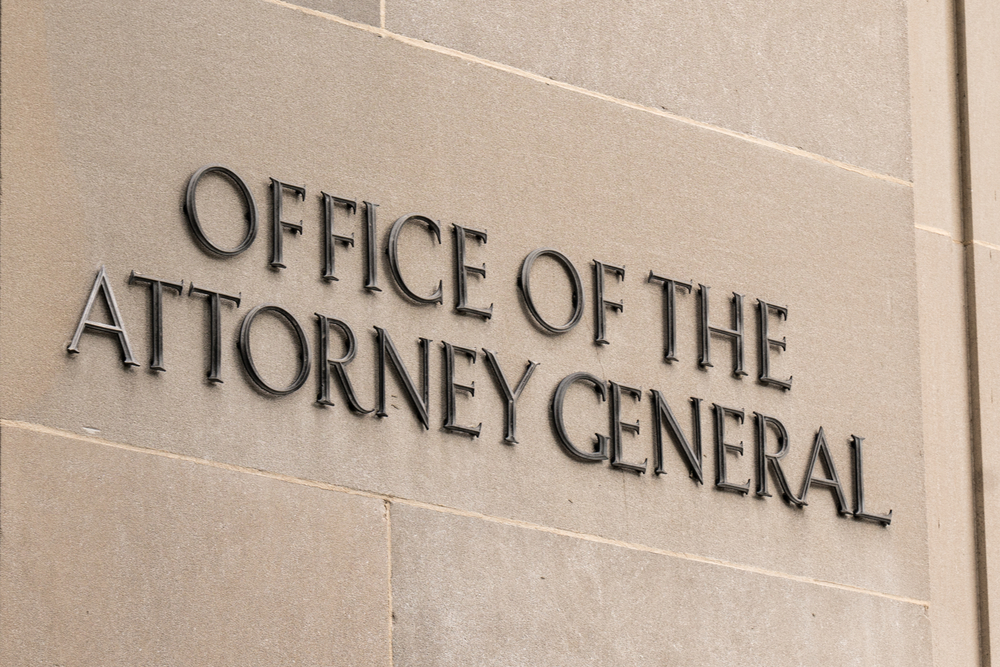2018-12-9 13:27 |
New York currently has system that regulates cryptocurrency. In 2015, the Department of Financial Services issued the regulations and one such regulation required that cryptocurrency businesses obtain a “BitLicense” to operate. Ben Lawsky, the New York Superintendent of Financial Services at the time, stated,
“We want to promote and support companies that use new, emerging technologies to build better financial companies.”
The cryptocurrency community did not openly accept the new regulations, finding them threatening, overboard, and costly to comply with. In a draft rule, there were over 4,000 comments. Once the regulations went into effect, many cryptocurrency-related entities left the state, and the entire occurrence was dubbed “The Great Bitcoin Exodus.” Since, the cryptocurrency ecosystem in New York has changed drastically.
Three years later, many cryptocurrency exchanges have not returned, but there have been others firms that have still established themselves. For example, R3, a distributed ledger consortium in the financial industry that has over $100 million in funding, has remained in New York. Other finance-focused blockchain startups are based in the state as well, including Symbiont, Axoni, JPMorgan, and Digital Asset Holdings.
Financial startups are not the only firms in the state. For instance, financial service company Consensys, which focuses on venture development based on Ethereum technology, is in the state and it employs 400 individuals. Another company is Bockstock, a startup that is interested in developing a “new internet for decentralized apps” based on the blockchain system. Another prominent company is BitLicense.
Even though there are some regulations in place, regulators do face several issues. Regulators who consider adding new rules may cause innovation to decline and push the current New York-based companies to look elsewhere. On the other hand, if they wait on issuing regulations, then the end consumer may be harmed.
As a result, their actions need to be strategic and based on a risk-assessment. Regulations should act where there is the most risk and they also need to provide companies with notice as to any regulations that could be issued so that companies can prepare.
One model that regulators may want to consider following when it comes to issuing regulations is that of the FCC. In the early 90s, there was a transition from traditional telephonic services to VOIP systems. The FCC received a petition looking to ban
“the provision of . . . telecommunications services via the ‘internet’ by non-tariffed, uncertified entities.”
This is a similar challenge that the state faced in 2013 related to Bitcoin. When it comes to VOIP systems, they were not regulated by pricing, services contribution, emergency services, and consumer protections – regulations which traditional phone entities were bound by.
The FCC was able to fight the right medium in issuing regulations that did not end regulation, but that also required VOIP services to comply. This type of model may work well in the cryptocurrency and blockchain sphere.
Where to Draw the Line?The final issue that arises here is where to draw the line. There are many who exploit blockchain technology for criminal and terror purposes, making the technology extremely threatening. These challenges are not new or exclusive to cryptocurrencies – they tend to arise with every new technology.
Despite what many think though, the creator of cryptocurrency did not develop a trustless technology. The systems are based on costly trust relationship and transactions are trustworthy as well.
Further, the capitalization of the market is founded upon collective belief of independent network participants. With the right strategic enforcement mechanisms, regulators can protect the public, without stifling those who see a bright and strong future for the technology and all that it can do.
origin »Global Cryptocurrency (GCC) на Currencies.ru
|
|























